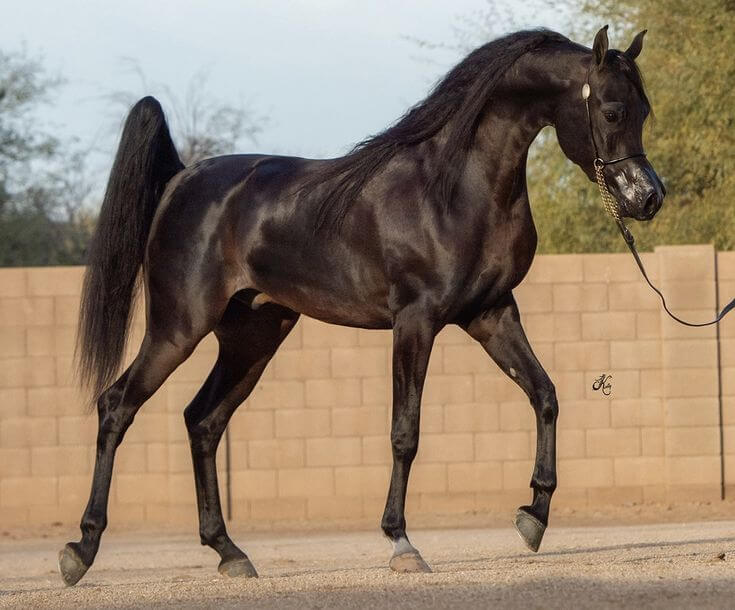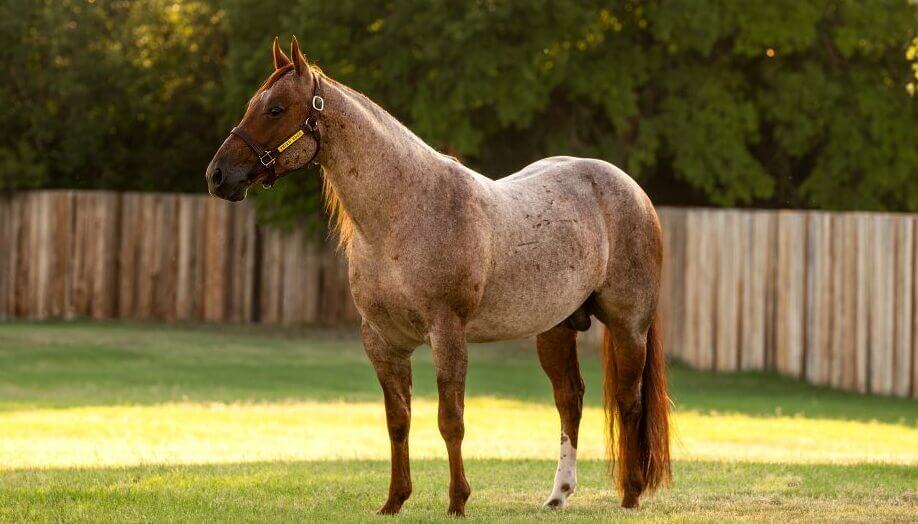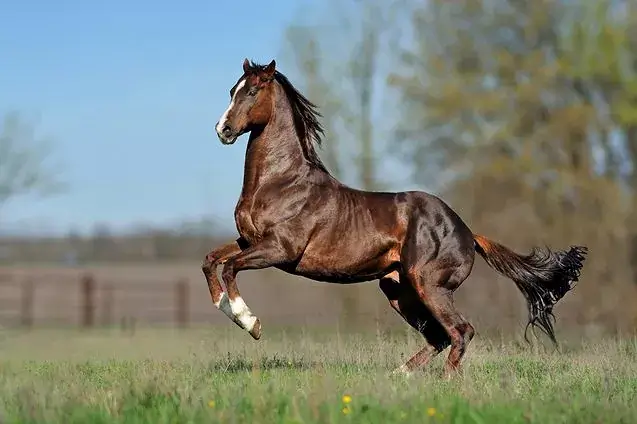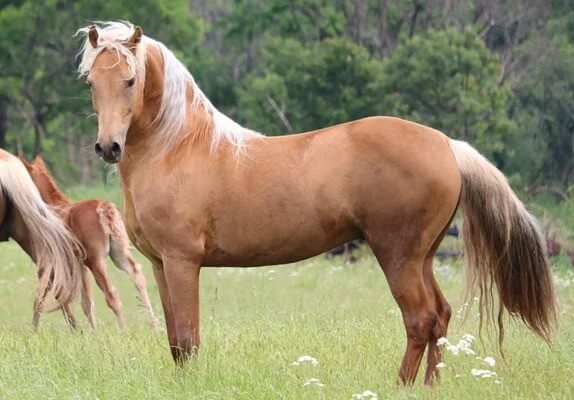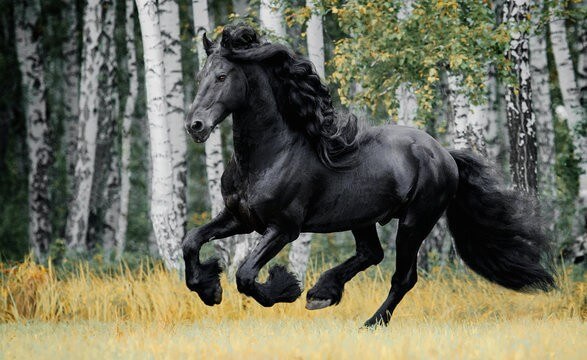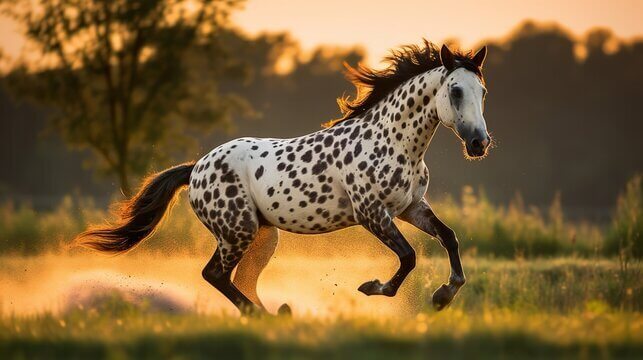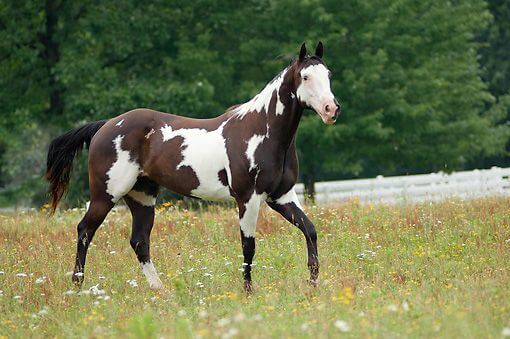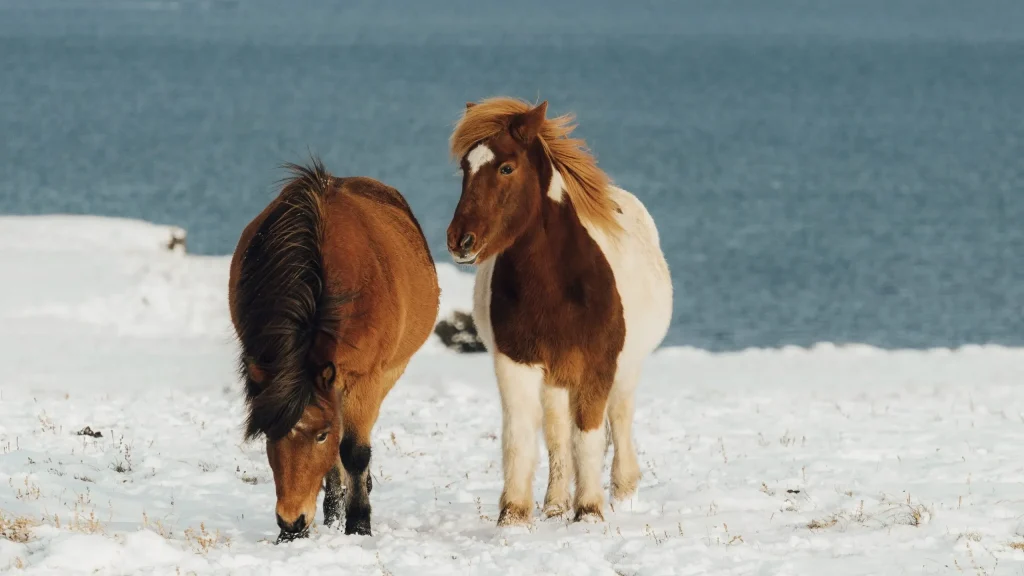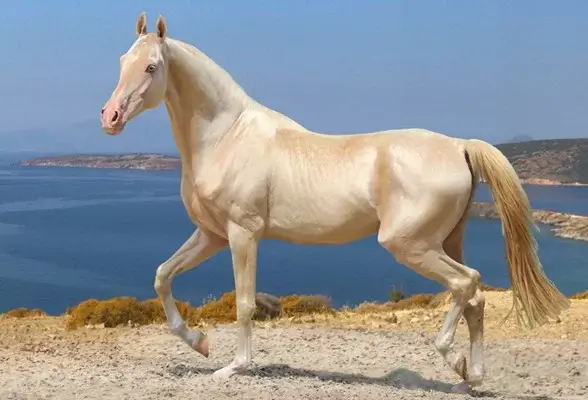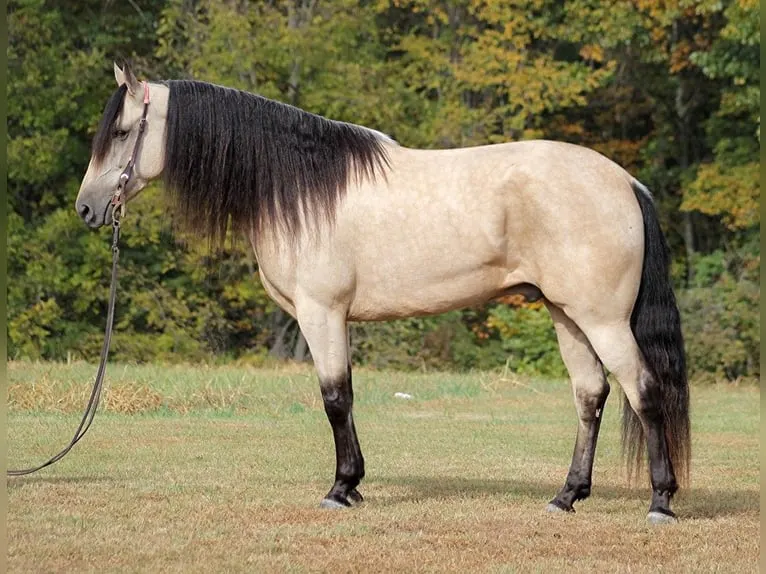Hanoverian Horse – Graceful, Trainable, and Born to Compete
🌟 Introduction
The Hanoverian horse is one of the most sought-after warmblood breeds in the world. Known for its athleticism, grace, and calm demeanor, this horse excels in competitive disciplines like dressage, show jumping, and eventing. Whether you’re a beginner or an advanced rider, the Hanoverian offers a smooth ride and remarkable trainability.
🏛️ Origin and History
The Hanoverian breed originated in the 18th century in Lower Saxony, Germany. The State Stud of Celle was established in 1735 and played a key role in developing the breed. Originally bred as a carriage and military horse, the Hanoverian later evolved into a sport horse, thanks to crossbreeding with Thoroughbreds and Trakehners. Its adaptability and strong lineage made it a favorite across Europe and beyond.
🧬 Physical Characteristics
Hanoverians are known for their elegant appearance. They typically stand between 16 and 17 hands high and have a well-muscled, athletic build. Their long legs, powerful hindquarters, and arched necks make them ideal for demanding physical activities. Common coat colors include bay, black, chestnut, and gray.
🏇 Athletic Ability and Movement
One of the breed’s most praised features is its fluid and expressive movement. The Hanoverian excels in all three gaits—walk, trot, and canter. Their movements are not only visually stunning but also practical, providing balance and comfort to the rider. These traits make them top contenders in international competitions.
🧠 Temperament and Personality
Hanoverians are intelligent, willing, and eager to work. They are calm enough for amateur riders but responsive enough for professionals. Their cooperative attitude and emotional intelligence help them form strong bonds with their riders. This makes training more effective and enjoyable for both horse and human.
🎯 Training and Performance
Training a Hanoverian is usually a smooth and rewarding process. They respond well to consistent, positive reinforcement. This breed is often seen in competitive arenas around the world, winning medals in dressage, show jumping, and eventing. Riders appreciate their focus, energy, and ability to learn new skills quickly.
🥗 Health and Care
Hanoverians are generally healthy and robust, but like all horses, they are susceptible to certain conditions. These include osteochondrosis (a joint disorder) and hoof issues if not properly cared for. Regular veterinary checks, a balanced diet, and consistent exercise are key to their long-term well-being. Good stable management also helps prevent common equine ailments.
🛁 Grooming and Maintenance
Grooming your Hanoverian regularly is essential to maintaining a clean and healthy coat. Brushing several times a week removes dirt and improves blood circulation. Their manes and tails should be detangled often, and their hooves cleaned daily. Bathing should be done as needed, especially if the horse is in regular training or competition.
👨👩👧👦 Family and Rider Compatibility
Despite being high-performance animals, Hanoverians are often gentle enough for family environments. They are well-mannered and can be excellent school horses for riders who are advancing in skill. Their calm yet responsive nature makes them versatile and adaptable to various rider needs.
🌍 Hanoverians in the Competitive World
Hanoverians are regular winners at the Olympics and World Equestrian Games. The breed has produced many champions in dressage and jumping, with names like Salinero and Satchmo making headlines. Their consistent performance and natural athleticism keep them at the top of the competitive scene.
🌟 Fun Facts About Hanoverians
- They are one of the oldest and most successful warmblood breeds.
- The Hanoverian Society maintains strict breeding standards.
- They’ve won multiple Olympic gold medals in dressage and jumping.
- The breed is exported globally due to high demand.
- They can perform piaffe, passage, and other advanced dressage movements with grace.
❓ Frequently Asked Questions
Q1: Are Hanoverians good for beginner riders?
A: Yes, if properly trained, they are calm and responsive, suitable for advancing beginners.
Q2: What makes Hanoverians ideal for dressage?
A: Their natural movement, posture, and willingness to learn make them ideal for the sport.
Q3: How long do Hanoverians live?
A: With proper care, they can live 25 to 30 years.
Q4: Do they require special diets?
A: Not necessarily, but they thrive on high-quality hay, grains, and supplements for athletes.
Q5: Can Hanoverians be used for trail riding?
A: Yes, they are versatile and can handle trails, though they shine in arenas.
✅ Conclusion
The Hanoverian horse stands as a symbol of grace, intelligence, and athletic prowess. Whether you’re looking for a competition champion or a loyal companion, the Hanoverian exceeds expectations. With the right care and training, this breed will reward its owner with years of reliable performance and unwavering companionship.
Explore more rare horse breeds:

